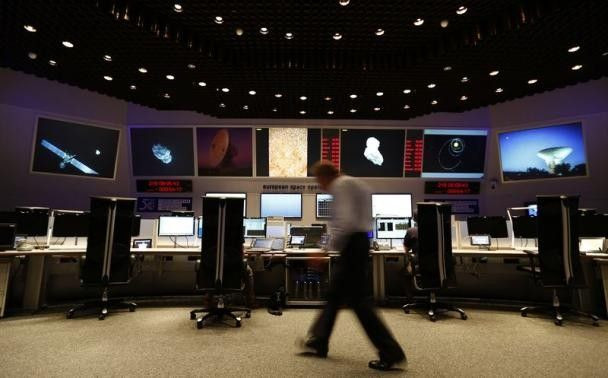Rocket Engine Powered Plane Can Fly Anywhere In The World In 4 Hours

British aerospace firm Reaction Engines has been working on an aircraft that it believes would be able to take passengers anywhere in the world in just four hours. With the use of a new aircraft technology called the precooler.
Based on Daily Mail's report, a feasibility study called the "New European Launch Service" was carried out earlier this year as part of the European Space Agency's requirements for lowering the cost of European launch services by 2014 by using a new breakthrough type of engine. The powerful engine is called Sabre, which stands for Synergetic Air-Breathing Rocket Engine. The project is expected to blast off in 2019.
According to its Chief Engineer Alan Bond, the new "Sabre" engine system could be cooled by more than 1,000 degrees Celsius in .01 seconds. This condition gives the jet engine the ability to run at an extremely higher power than what is possible today. Apparently, more power would result to more speed that would be sufficient to fly at Mach 5. Bond adds that that state would be five times the speed of sound.
The aircraft which they called the "Skylon" would measure 276 feet long. Just like an ordinary plane, it would take off and would land horizontally which will make it easier to reuse compared to a standard rocket. However, each plane has a whopping price tag of $1.1 billion. Another big downside of the "Skylon" is that it has no windows which will be a major disappointment for those excited to fly, Business Insider reports.
In addition, there is also a plan to create a passenger plane called Lapcat A2 which would be a commercial craft that could transport passengers from Brussels to Sydney in two to four hours. The A2 vehicle is designed to be propelled by the Scimitar engine which has an exceptional range (ca. 20,000 km both subsonic and supersonic). The Lapcat A2 is also able to service a large number of routes while simultaneously avoiding supersonic overflight of populated areas and the related sonic booms that can be heard on the ground.




















